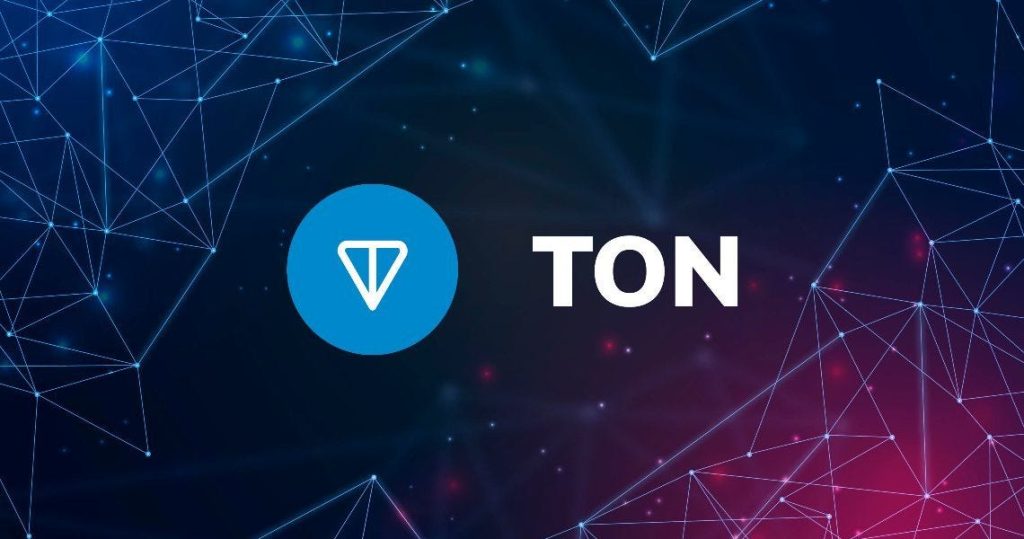Decentralized Finance (DeFi) is transforming the financial landscape by democratizing access to financial services through blockchain technology. One of the most promising applications of DeFi is in the realm of micro-lending, where individuals can borrow and lend small amounts of money without the need for traditional financial intermediaries. This article explores the intricacies of DeFi protocols for micro-lending, examining their benefits, challenges, and the future potential of this innovative approach.
What is DeFi?
Decentralized Finance, or DeFi, refers to a collection of financial applications built on blockchain technology, particularly Ethereum, that operate without centralized intermediaries like banks or brokers. These applications leverage smart contracts to automate and enforce financial agreements, offering a more transparent, secure, and accessible financial ecosystem.
The Core Components of DeFi
To understand DeFi protocols for micro-lending, it’s essential to grasp the fundamental components that make up the DeFi ecosystem:
- Smart Contracts: These self-executing contracts with the terms of the agreement directly written into code are the backbone of DeFi, ensuring trustless transactions.
- Decentralized Exchanges (DEXs): Platforms that facilitate the trading of cryptocurrencies without an intermediary.
- Stablecoins: Cryptocurrencies designed to minimize price volatility by pegging their value to a reserve asset, such as the US dollar.
- Lending Platforms: Protocols that allow users to lend and borrow cryptocurrencies in a decentralized manner.
DeFi Protocols for Micro-Lending
Micro-lending, traditionally facilitated by banks and microfinance institutions, involves providing small loans to individuals or small businesses that lack access to conventional banking services. DeFi protocols are revolutionizing this space by enabling peer-to-peer lending on a global scale. Here’s how:
1. Access and Inclusivity
DeFi protocols eliminate the need for intermediaries, reducing barriers to entry. This is particularly beneficial for individuals in developing regions who are often excluded from traditional financial systems. By using DeFi, anyone with internet access can participate in lending and borrowing activities.
2. Lower Costs
Traditional micro-lending involves high operational costs, which are often passed on to borrowers in the form of high interest rates. DeFi protocols, with their automated processes, significantly reduce these costs, offering more competitive rates to borrowers and higher returns to lenders.
3. Transparency and Security
Blockchain technology ensures all transactions are transparent and immutable. Lenders can verify the borrowing history and creditworthiness of borrowers, reducing the risk of default. Additionally, smart contracts enforce the terms of the loan, minimizing the risk of fraud.
4. Flexible Loan Terms
DeFi protocols offer flexibility in terms of loan amounts, interest rates, and repayment schedules. Borrowers and lenders can negotiate terms that best suit their needs, a level of customization often unavailable in traditional micro-lending.
Prominent DeFi Micro-Lending Protocols
Several DeFi protocols have emerged as leaders in the micro-lending space. Here are a few notable examples:
1. Compound
Compound is a popular Decentralized Finance DeFi protocol that allows users to lend and borrow various cryptocurrencies. It uses smart contracts to automate the process and determine interest rates based on supply and demand dynamics. Users can deposit their crypto assets into liquidity pools and earn interest, while borrowers can take out loans against their crypto collateral.
2. Aave
Another leading DeFi lending platform offers unique features like flash loans, allowing users to borrow funds without collateral as long as the loan is repaid within the same transaction. Aave also provides a wide range of collateral options and flexible interest rates, making it an attractive choice for micro-lending.
3. MakerDAO
MakerDAO operates the Maker protocol, which issues the stablecoin DAI. Users can lock up their crypto assets as collateral to generate DAI, which can then be used for lending and borrowing. This system ensures stability and reduces the risk associated with volatile cryptocurrencies.
How DeFi Micro-Lending Works
The process of micro-lending through DeFi protocols typically involves the following steps:
- Collateralization: Borrowers must provide collateral in the form of cryptocurrency. This collateral is locked in a smart contract to secure the loan.
- Loan Issuance: Once the collateral is secured, the loan amount is issued to the borrower in a specified cryptocurrency or stablecoin.
- Interest Accrual: Interest on the loan accrues over time, calculated based on the agreed-upon rate. Lenders earn this interest, providing them with a return on their investment.
- Repayment: Borrowers repay the loan along with the accrued interest. Once the loan is fully repaid, the collateral is released from the smart contract.
- Default Handling: In the event of a default, the smart contract liquidates the collateral to repay the lender, minimizing risk.
Challenges and Risks
While DeFi protocols offer numerous advantages, they are not without challenges and risks:
1. Smart Contract Vulnerabilities
The security of smart contracts depends on the code in which they are written. Exploiting bugs or vulnerabilities in the code can lead to significant losses. Regular audits and rigorous testing are essential to mitigate this risk.
2. Regulatory Uncertainty
The regulatory landscape for DeFi is still evolving. Governments and financial authorities are grappling with how to regulate decentralized platforms, which can create uncertainty for users and developers.
3. Market Volatility
The value of collateral in DeFi protocols is often tied to volatile cryptocurrencies. Sharp declines in asset prices can trigger liquidations, potentially leading to losses for both borrowers and lenders.
4. Lack of Consumer Protections
Traditional financial systems offer various consumer protections that are not always present in DeFi. Users must be aware of the risks and conduct thorough research before participating in DeFi lending.
The Future of DeFi Micro-Lending
Despite the challenges, the future of DeFi micro-lending looks promising. Here are a few trends that could shape the future of this sector:
1. Integration with Traditional Finance
As DeFi matures, we are likely to see greater integration with traditional financial systems. This could involve partnerships between DeFi platforms and traditional banks, offering hybrid solutions that combine the best of both worlds.
2. Expansion of Financial Services
DeFi protocols continually evolve, with new features and services introduced regularly. This expansion could include more sophisticated lending products, insurance options, and improved user interfaces to attract a broader audience.
3. Enhanced Security Measures
Security will remain a top priority for DeFi protocols. Enhanced security measures, such as multi-signature wallets, decentralized insurance, and advanced smart contract auditing, will help build trust and attract more users.
4. Greater Regulatory Clarity
As regulators gain a better understanding of DeFi, clearer guidelines and regulations are likely to emerge. This could provide more certainty and stability, encouraging wider adoption of DeFi micro-lending.
Conclusion
Decentralized Finance (DeFi) protocols for micro-lending will revolutionize access to credit, offering a more inclusive, transparent, and efficient alternative to traditional lending systems. By leveraging blockchain technology and smart contracts, DeFi platforms are breaking down barriers and empowering individuals and small businesses around the world. While challenges remain, the potential benefits of DeFi micro-lending are too significant to ignore. As the sector continues to evolve, it holds the promise of a more equitable and accessible financial future.
Best Article of Owasoft Technologies
The Future of Blockchain: Exploring TON Blockchain and Its Ecosystem



